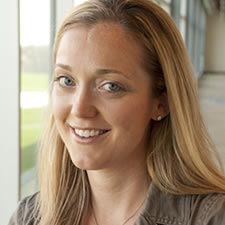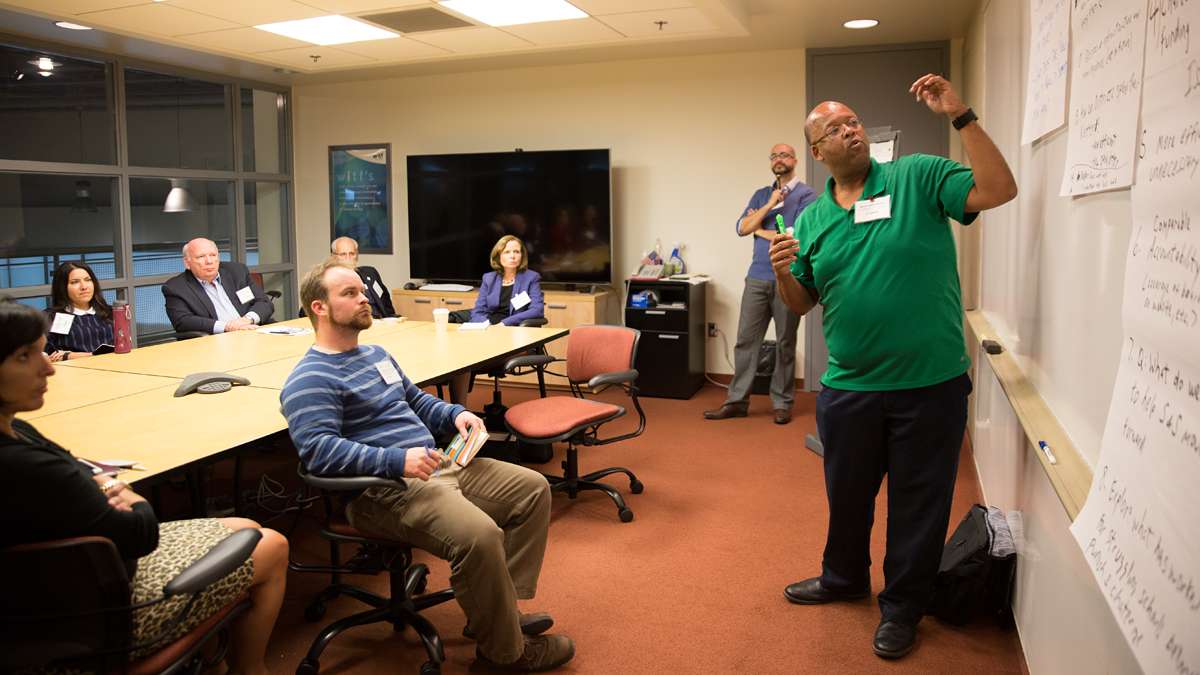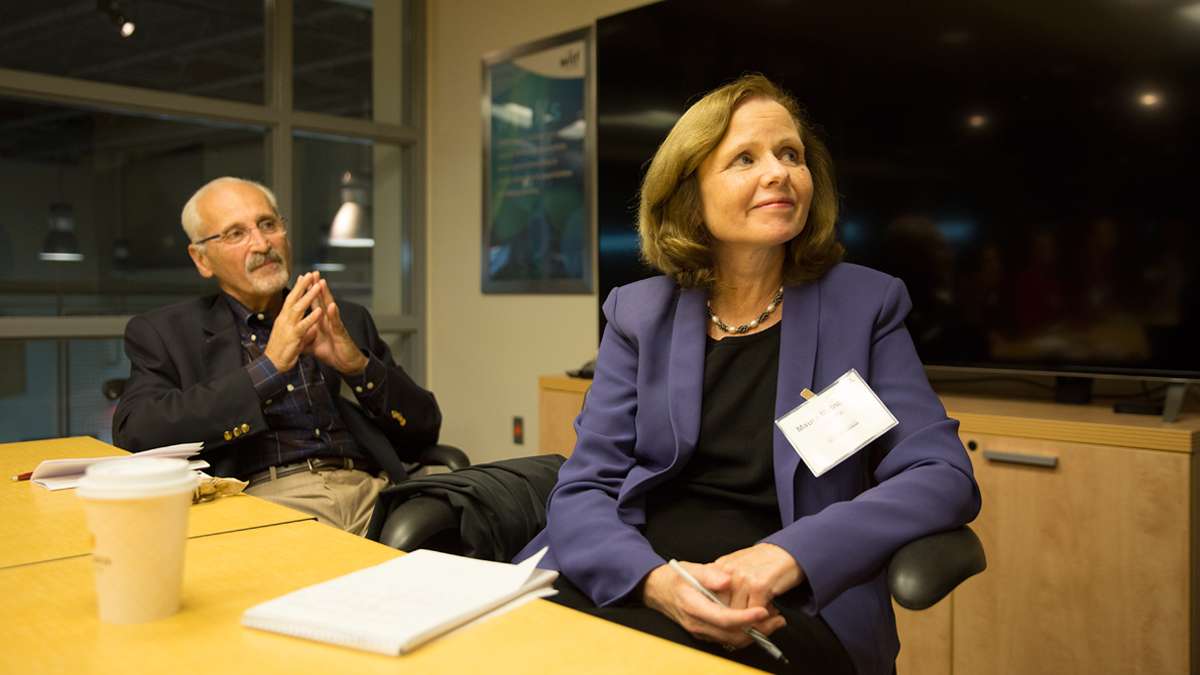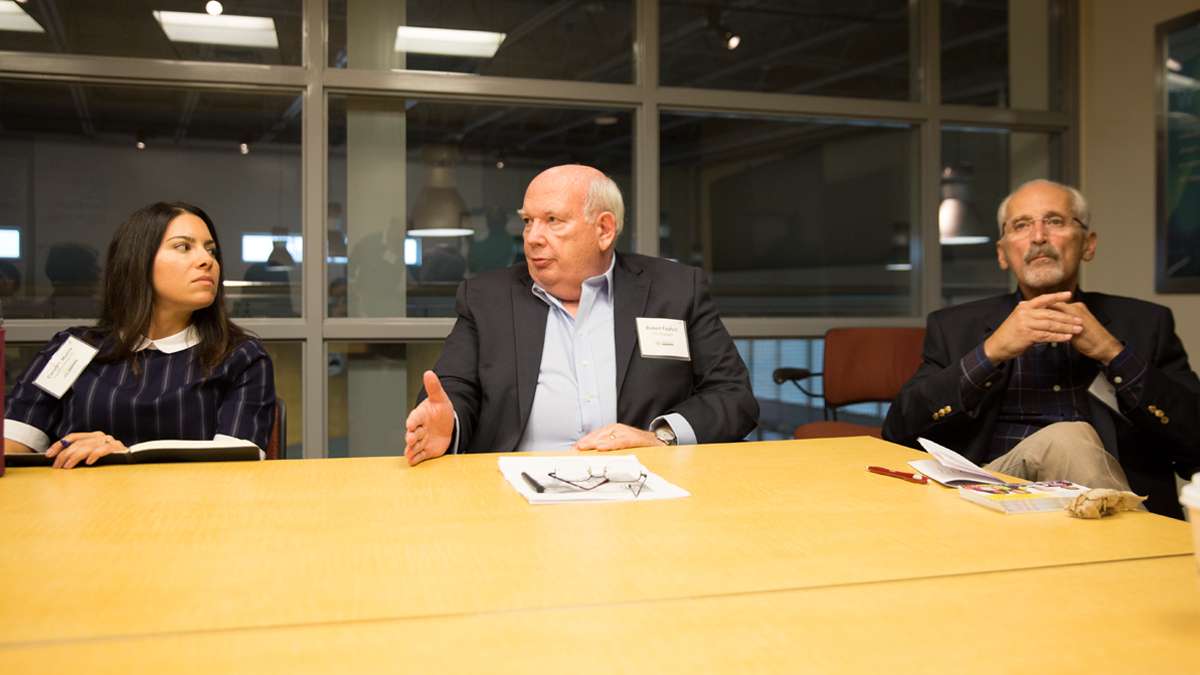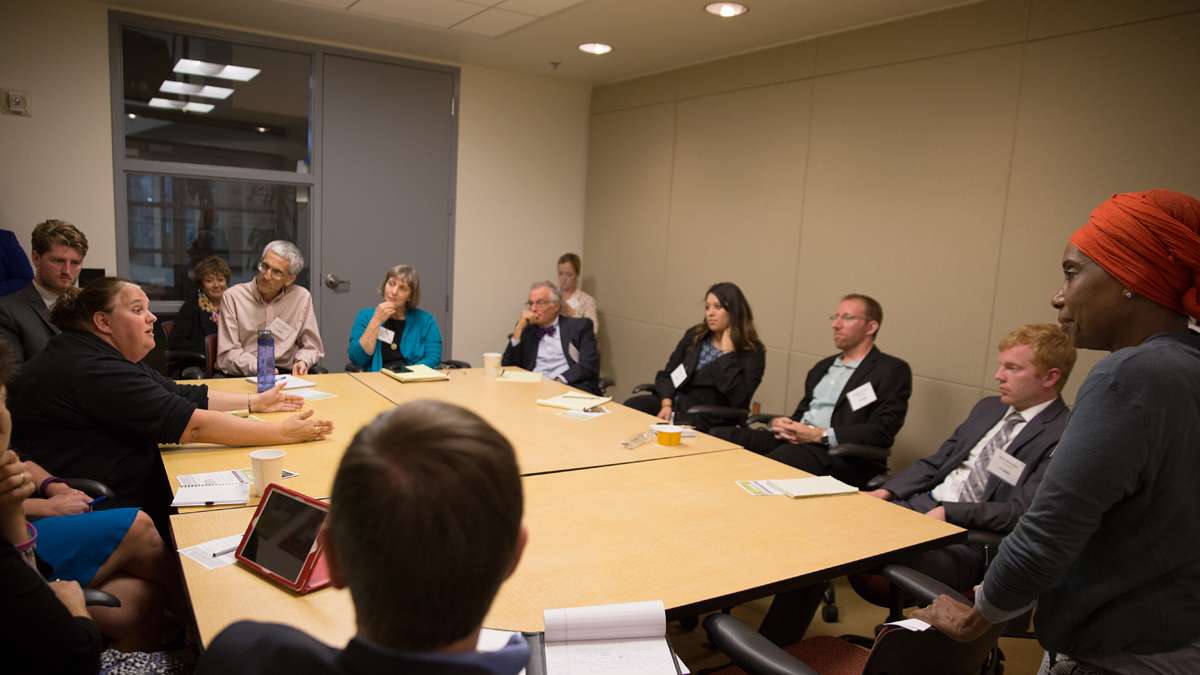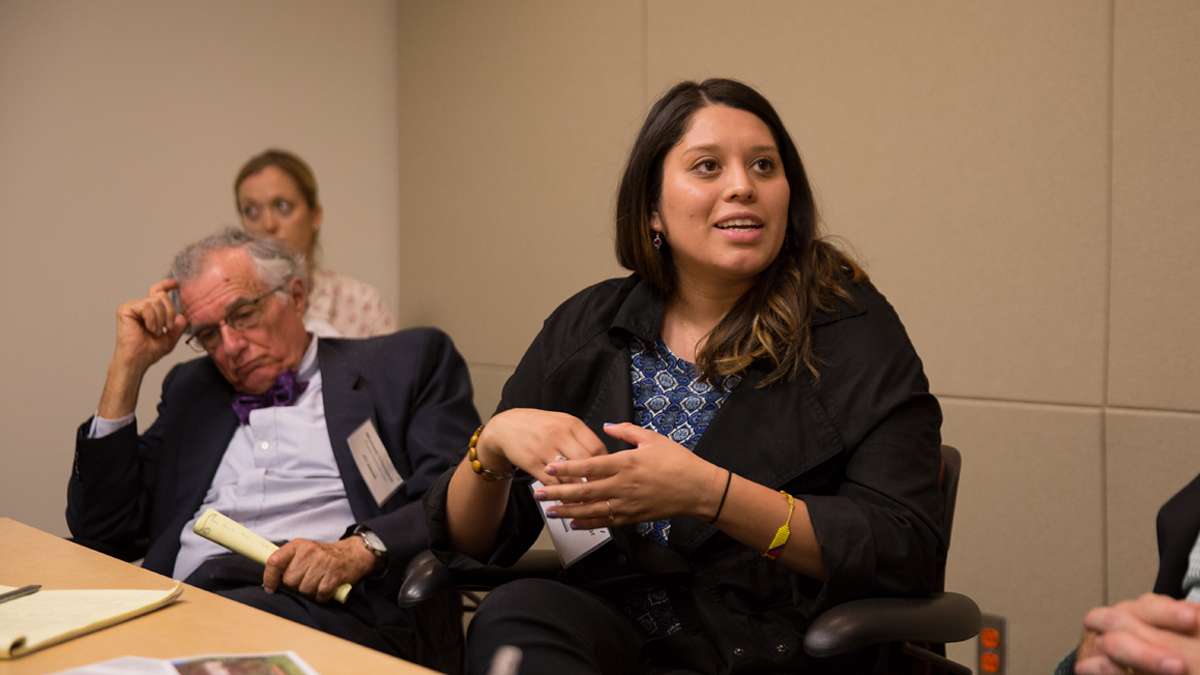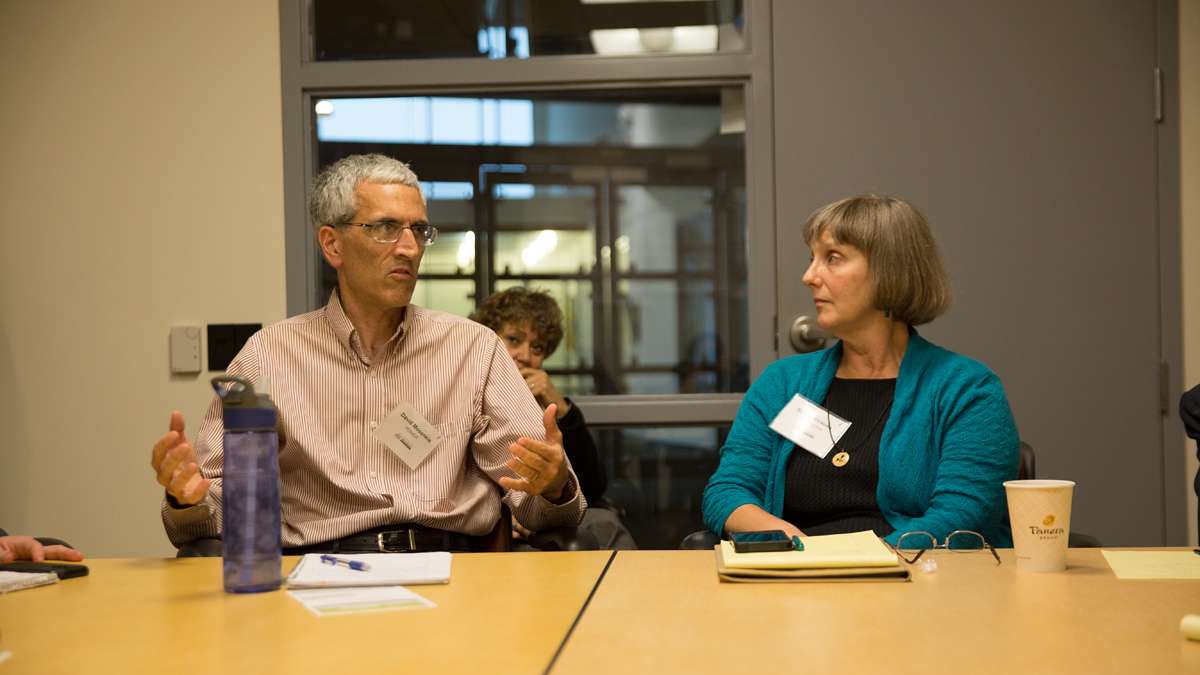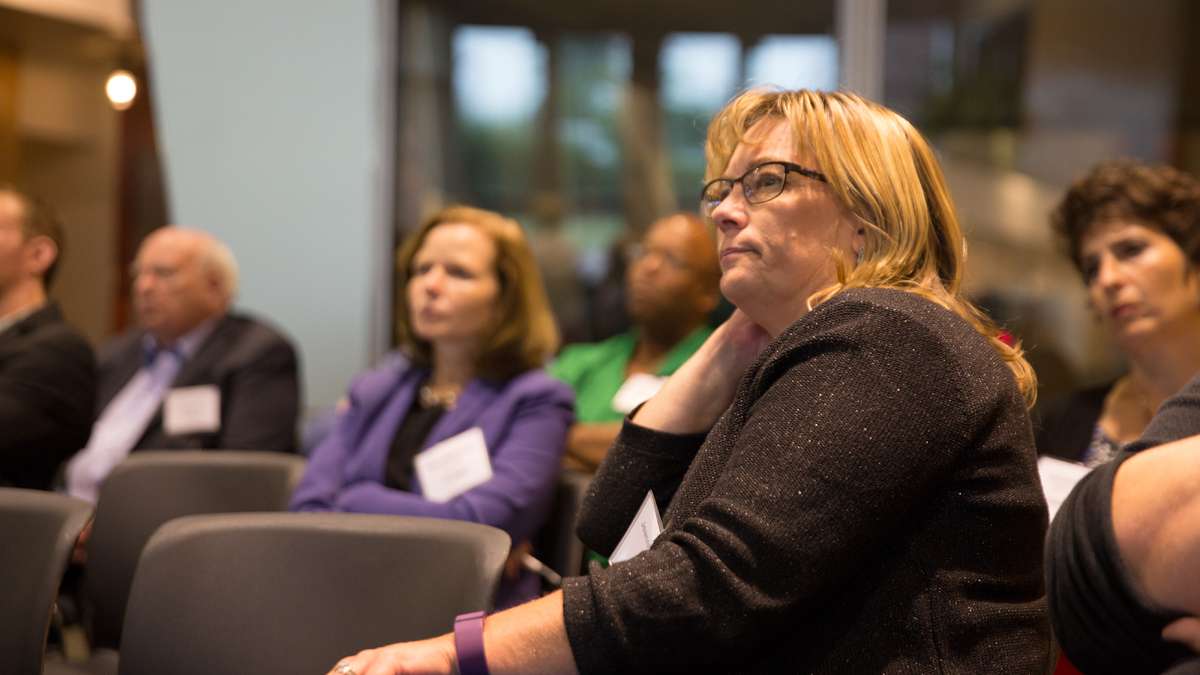Education funding forum: Top takeaways
About 40 education advocates and leaders met Monday in Harrisburg to talk about … well, how people in Pennsylvania are talking about paying for public schools — and how to do it better.
About 40 education advocates and leaders met Monday in Harrisburg to talk about … well, how people in Pennsylvania are talking about paying for public schools — and how to do it better.
The discussion at WITF focused on how policy debates are framed by reporters and the people informing the coverage: the attorneys, statehouse employees, immigration rights groups, parents and religious leaders who attended the forum.
The top takeaways:
Seek solutions with a skeptical eye: Participants say that “if there was an unabashed success in some [program], we’d be replicating it.” Yet they also say more news coverage of successes is needed — so long as downsides are explored, caveats provided, solutions aren’t oversold and mediocre strategies aren’t celebrated as groundbreaking innovations.
Framing funding outcomes by looking at winners and losers is divisive and overly simplistic – and significant in explaining the outcome of policy debates in many cases: Right now, Pennsylvania’s hold harmless policy guarantees no school district will get less state funding than it did the year before — even if, for example, enrollment goes down. There’s widespread fear that completely discarding this policy in favor of fully implementing fair funding would mean some school districts would lose local tax revenue to others, particularly among middle-income districts concerned they don’t have enough to share with their low-income counterparts. But that seems unlikely to happen. And a larger percentage of students statewide “lose” rather than win under the policy. Interestingly, one stakeholder attributed state senators’ larger constituencies to their collectively more sympathetic, nuanced viewpoints on education funding.
Participants want to see a clearer explanation of other arenas’ (prisons, immigration, etc.) intersectionality with education. That will not only be more comprehensive, generally, but also better reflect the racial inequities inherent in public education in this country — and require the media to overcome what some say is an aversion to directly addressing race.
Follow full coverage of the discussion via Twitter below:
[View the story “A forum to explore education funding across the commonwealth” on Storify]
WHYY is your source for fact-based, in-depth journalism and information. As a nonprofit organization, we rely on financial support from readers like you. Please give today.



